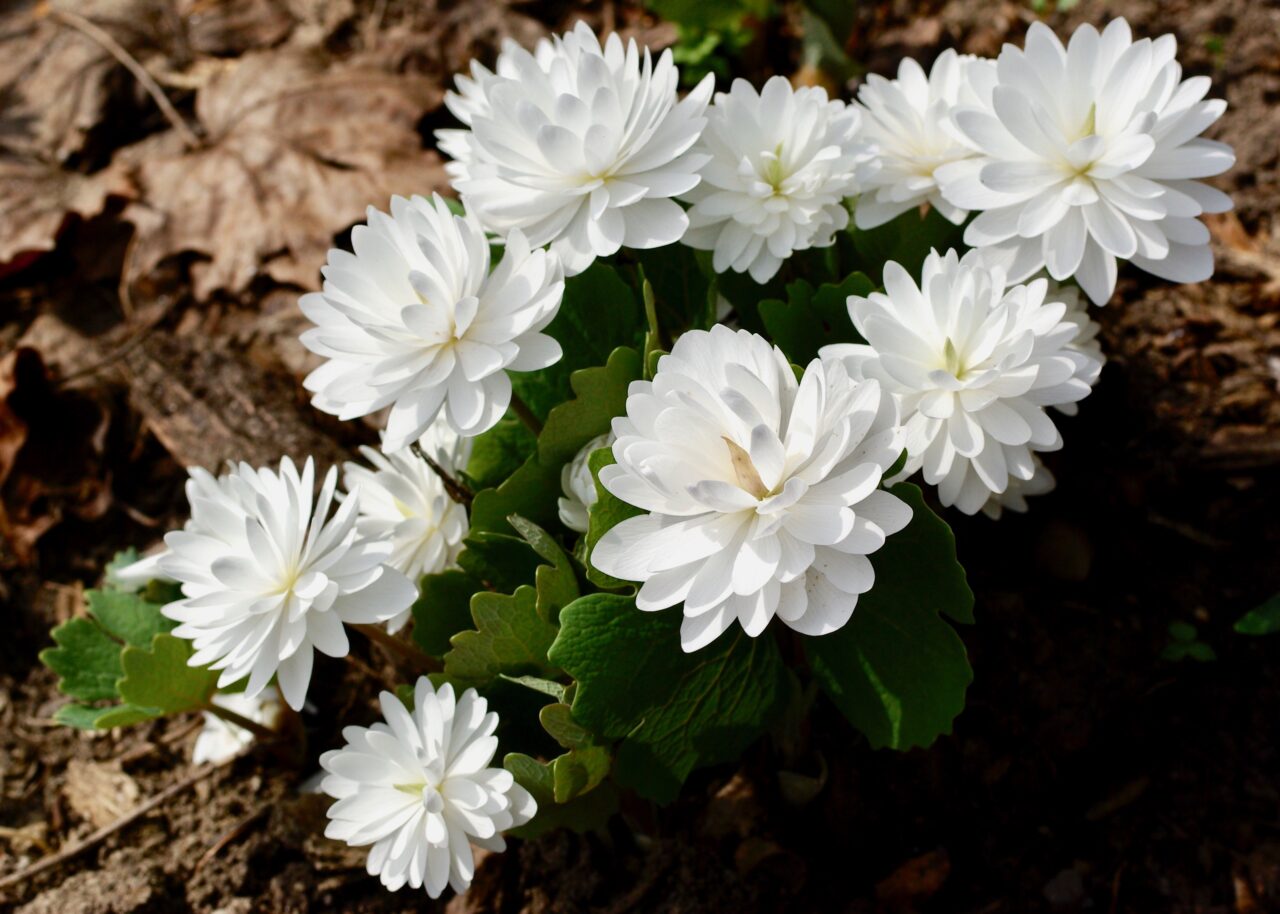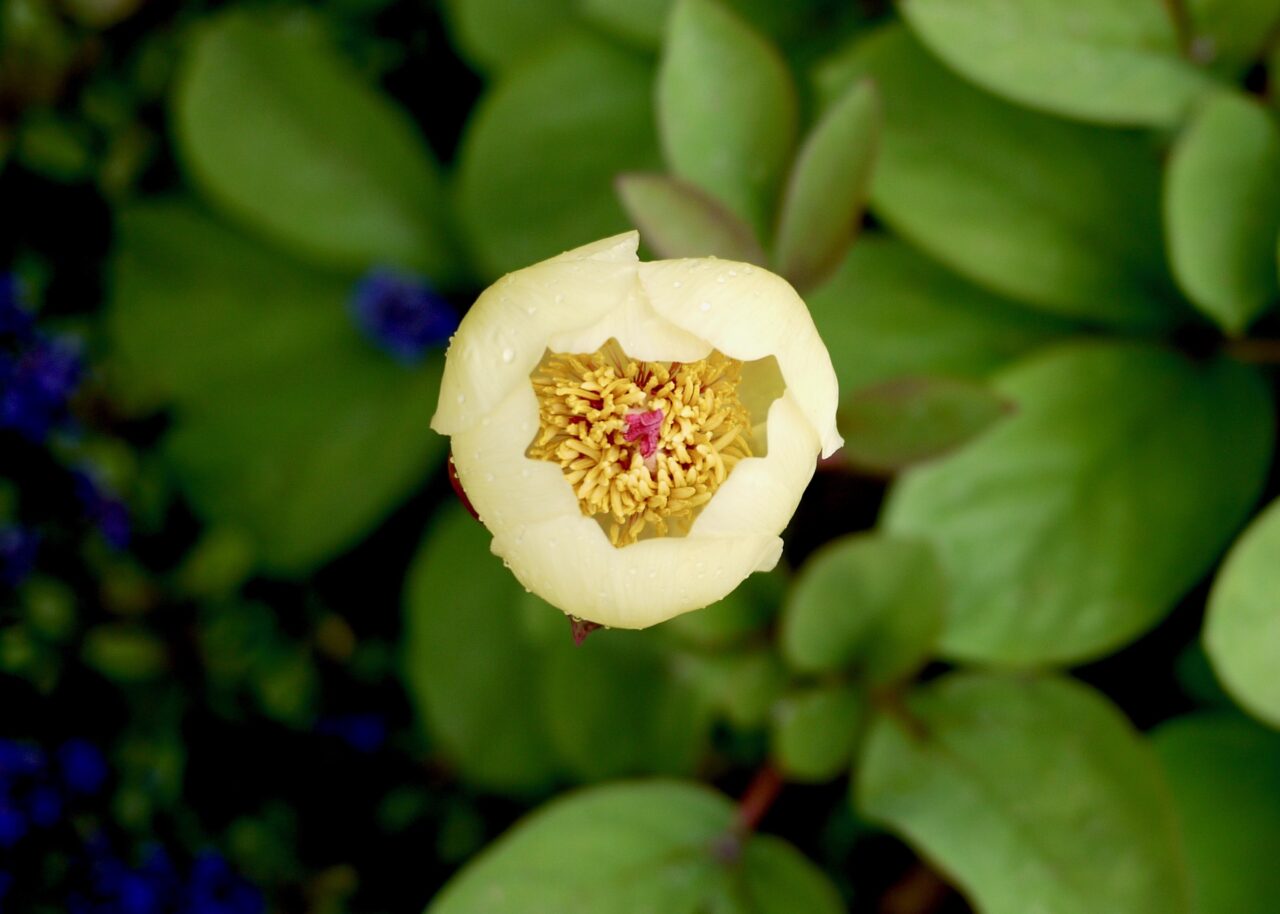
Every plant in the nursery has a label which displays its name and price and a brief description. That name is often glanced over or seen as a bit of an inconvenience. There is a preference for “common names”, which is understandable. They appear more user friendly. But those scientific names – often, though not as often as you might think, Latin – should not be underestimated. Most of us have two names, but those names aren’t nearly as informative as plant names can be.
Binomial nomenclature in plants owes its establishment to the 1753 book Species Plantarum by Swedish biologist Carl Linnaeus, and both the genus, or first name, and the specific epithet, the second, can tell you a lot about a plant even if you’ve never heard of it before. Sometimes that information can be practical, like rivulare, which means steam-loving, or montana, being from the mountains. They can be history lessons, like delavayi, referring to Jean Marie Delavay, a French botanist, or henryi, for Irish plant hunter, Augustine Henry. Some can be descriptive: alba white, lutea yellow, caerulea blue, viridis green, rosea pink. Some are more evocative. Pennisetum alopecuroides is doubly evocative with its genus name coming from the Latin for feather (penna) and bristle (seta) and its specific epithet referring to its resemblance to the grass Alopecurus, whose own genus name comes from the Greek for fox (alepoú) tail (ourá) – both referring to its gorgeous cylindrical flowers which catch the light in late summer.
Those of us with our roots in Indo-European languages have an unfair advantage in this international standard of binomial nomenclature with many plant names incorporating what is essentially an older or fancier descriptive term for how a plant looks than we might use in common parlance today. Essentially, the better your vocabulary, the bigger head start you’ll have with learning (from) plant names. We’ve seen examples of this already with colours. A more advanced example might be Sanguinaria canadensis. The root of sanguine in English means defiantly optimistic, but its older meaning is ruddy, as of cheeks, from the Latin sanguis for blood. Canadensis refers to North America (not just Canada), and Sanguinaria canadensis has the common name bloodroot due to yellow-red sap produced when its roots are damaged which was used by indigenous Americans as a dye. So knowing the root of the word sanguine (blood) gives you a step up with getting to know the plant, and that will help you to remember its story which will help you to remember its name.
We’re asked a lot how we remember all the names, and the simple answer is the same way you remember anything: repetition and word association. There’s no trick to it. This is why knowing more words is useful – the Stephen Frys of the world would probably be very good gardeners, if they were so inclined. The association for sanguine and blood is easy if you know the words. Sometimes you have to make it personal. Paeonia daurica subsp. mlokosewitschii is named for Polish botanist Ludwik Mlokosiewicz. Some of us lesser mortals find Polish names tricky, so it garnered the nickname, Molly the Witch. How do you remember the rest? You’ll find you can usually hang the rest of a name off remembering the part you find hardest – they seem to tag along. Like any language, remembering it long-term is down to repetition. It is always worth reading a plant name properly the first time you see it. Perhaps go back and re-read the ones you skimmed over to get this far. Intentionally read the name syllable by syllable. You won’t remember it this time. But the next time you come across it, there will be some feint echo of it in your head which will be kicked into life. Mostly you won’t remember it the second time either, but it is a compound process, and by doing it properly at first you’re one lesson ahead.
Plant names tell a story – and Latin is phonetic anyway – so it’s worth making the effort to get to know them. They’ll tell you practical information about the plant and, because binomials are universal, you’ll know you’ll always get the exact plant you ask for, wherever you are in the world.

Sanguinaria canadensis Multiplex

Paeonia dahurica subsp. mlokosewitschii
